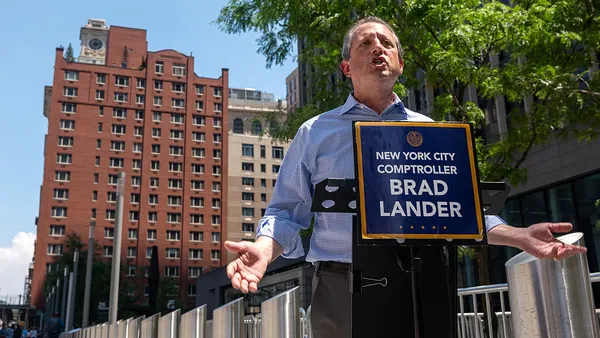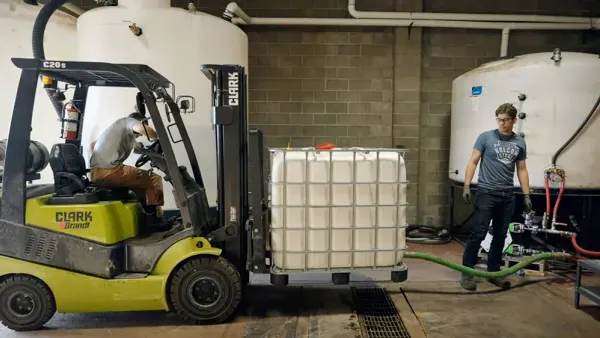Organizations are taking a hard look at their emission reduction goals, as milestone years are fast approaching, and climate action is under a growing pressure valve. The increased stress on energy infrastructure from the increasing frequency and duration of extreme weather events is prompting leaders to take pause and assess. 2030 is quickly approaching. Are decarbonization efforts having an impact, and are milestones realistic?
Ameresco, Inc. recently released the findings of a survey conducted in collaboration with Utility Dive’s studioID that captured input from 150 executives across a wide range of corporate, healthcare and education organizations about their decarbonization goals. The survey sought to better understand where organizations are in their decarbonization journey, barriers to implementation, and next steps needed to take decisive action towards their goals.
The survey found that organizations across all industries are facing pressure from stakeholders to implement long-term decarbonization goals -- More than 7 out of 10 executives (72%) report that leadership of their organizations feels pressure to address climate goals and long-term decarbonization.
The findings demonstrate that decarbonization efforts are being implemented but there is a long way to go before climate goals are met. Decarbonization is in its nascent stage across these organizations, with many establishing decarbonization programs, but few going a step further to set greenhouse gas (GHG) abatement goals. Only 40% have established baseline values for energy and emissions, developed a roadmap with milestones, and regularly audit demand and supply side solutions.
So, what is holding these organizations back and how can they improve?
The biggest challenge in achieving long-term decarbonization goals is obtaining the necessary funding for energy upgrades. In fact, 39% of executives stated that access to capital has been a significant barrier in implementing decarbonization plans. And despite a myriad of financing mechanisms available, only 1 in 4 executives report their organizations use available financing structures for commercial scale decarbonization projects.
Additionally, energy and sustainability upgrades are often beyond organizations’ scope of expertise, so if carbon reduction strategies require sizeable upfront capital expenses, many organizations will delay implementation. Sifting through a complex array of technologies and an ever-shifting landscape of solutions providers can be difficult for many organizations. The survey revealed only a small number of organizations have sought strategic partnerships or have taken advantage of financing mechanisms to help meet their goals. Fortunately, they are open to help -- 3 out of 5 executives stated they would be extremely or very willing to partner with energy solutions providers to finance needed upgrades.
Organizations could harness current stakeholder pressure, strategic partnerships, and financing mechanisms to quickly accelerate implementation, meet climate goals and break through the barriers they are facing to finance energy upgrades. These partnerships can help clear an organization’s path to net zero emissions by offering a standardized approach and step-by-step framework to get there.
Read the complete survey report, Release the Decarbonization Pressure Valve through Flexibility Financing Mechanisms & Strategic Partnerships: https://info.ameresco.com/decarbonization-survey-report










